Table of Contents
- Complete List of Chemistry Lab Equipment
- 1. Chemistry Lab Apparatus: Safety Goggles
- 2. Chemistry Lab Apron
- 3. Chemical Resistant Gloves
- 4. Chemistry Lab Apparatus: Beakers
- 5. Chemistry Lab Apparatus: Conical Flask
- 6. Boiling Flask
- 7. Chemistry Lab Apparatus: Test Tubes
- 8. Watch Glass
- 9. Crucible or Mortar & Pestle
- 10. Funnel
- 11. Measuring Cylinder
- 12. Volumetric Flask
- 13. Dropper
- 14. Pipettes
- 15. Burettes
- 16. Ring Stands, Rings, and Clamps
- 17. Tongs & Forceps
- 18. Spatulas & Scopulas
- 19. Thermometer
- 20. Bunsen Burner
- 21. Litmus and Filter Paper
- Must Have Chemistry Lab Apparatus
In schools, students often come across various laboratory equipment through different academic activities. However, it is sometimes difficult to distinguish between chemistry, biology, or other types of laboratory apparatus. Therefore, students must develop a clear understanding of the essential chemistry lab apparatus from the very beginning, especially when they start performing basic chemical experiments.
Familiarity with these tools builds a strong foundation in practical science. Hence, schools and colleges must ensure that students are well-acquainted with the correct usage and purpose of each apparatus.
Let us now explore the basic apparatus used in school chemistry laboratories and understand their specific functions during chemical experiments. Among all, safety apparatus is the most important. Every student or individual entering the lab must be aware of and follow safety protocols strictly, as even a small mistake can lead to serious accidents. One must always wear fully covered shoes in the laboratory and avoid sandals or slippers under all circumstances.
Complete List of Chemistry Lab Equipment
1. Chemistry Lab Apparatus: Safety Goggles
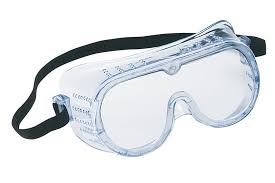
One must wear safety goggles in the chemistry lab. They protect the eyes from irritation caused by chemicals or fumes released during experiments. In case of accidental splashes of chemicals or acids, this essential apparatus prevents serious eye injuries, including potential blindness.
2. Chemistry Lab Apron
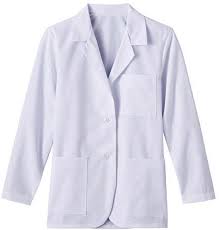
An apron serves a similar purpose as safety goggles, but instead of protecting the eyes, it shields the body and clothing. Wear them to prevent injuries caused by spills or splashes of chemicals during experiments. This chemistry lab apparatus is essential for maintaining personal safety in the laboratory.
3. Chemical Resistant Gloves
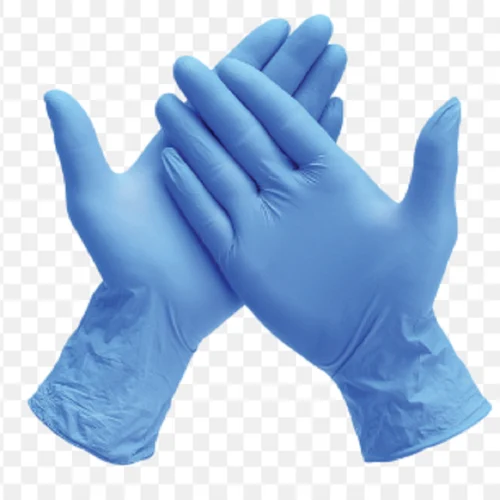
Gloves are useful for handling chemicals, acids, or any solutions to prevent direct contact with bare hands and skin. They are made of PVC or purple nitrile. This chemistry lab apparatus ensures safety during chemical handling and reagent use.
4. Chemistry Lab Apparatus: Beakers
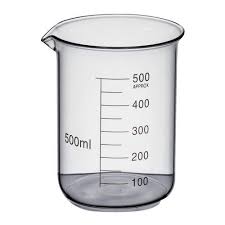
Beakers are cylindrical utensils made of borosilicate glass, with a flat bottom and an open top that has a rim and a spout. The spout helps in pouring solutions easily. Beakers usually remain uncovered, though you can use watch glasses as covers. This chemistry lab apparatus comes in various sizes and is used to hold, heat, or mix substances. Although beakers have graduated markings, do not use them for precise measurements. For accurate calculations, use measuring cylinders instead.
5. Chemistry Lab Apparatus: Conical Flask
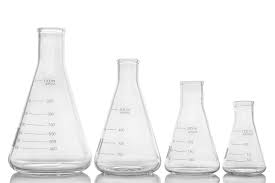
The conical flask, also known as the Erlenmeyer flask, is a chemistry lab apparatus with a flat bottom and a long, narrow neck. This design allows easy mixing of solutions without spilling. The narrow neck also makes it suitable for gentle heating while swirling the contents. The flask can be covered with a rubber cap or cork. However, it must never be heated with the cap on, as pressure and gas can build up inside the closed flask, potentially causing an explosion.
6. Boiling Flask
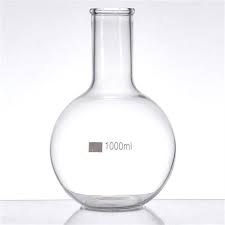
Boiling flasks, also known as Florence flasks, have a round bottom and a long neck. This chemistry lab apparatus is used to hold solutions that require uniform heating and mixing. It can be sealed with rubber or glass stoppers and allows easy swirling of the contents while heating.
7. Chemistry Lab Apparatus: Test Tubes
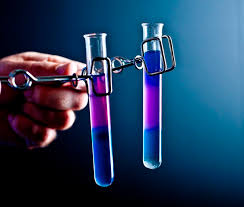
Test tubes are one of the most common and important chemistry lab apparatus. They are cylindrical glass tubes with an open circular top and a rounded bottom. Though available in various sizes, the standard size is 18 × 150 mm. Test tubes are used for storing, heating, and mixing reagents during chemical or biological reactions. They are especially useful when testing a large number of samples for qualitative analysis.
8. Watch Glass
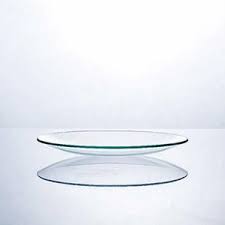
This apparatus, known as a watch glass, is made of concave glass. It is used to hold solids, evaporate liquids, and heat small quantities of substances as required by the experiment. Additionally, it can serve as a temporary lid for beakers to prevent contamination or splashing.
9. Crucible or Mortar & Pestle
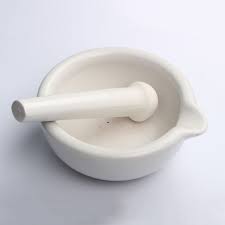
Crucibles are made of porcelain and are used to store and heat substances at very high temperatures. This chemistry lab apparatus is ideal for experiments where glassware would not withstand the required heat.
10. Funnel
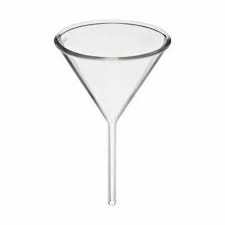
Funnels are essential apparatus used to pour substances and solutions into narrow-mouthed containers like test tubes and conical flasks. Various types of funnels are available, with the most common being filter funnels, thistle funnels, and dropping funnels.
11. Measuring Cylinder
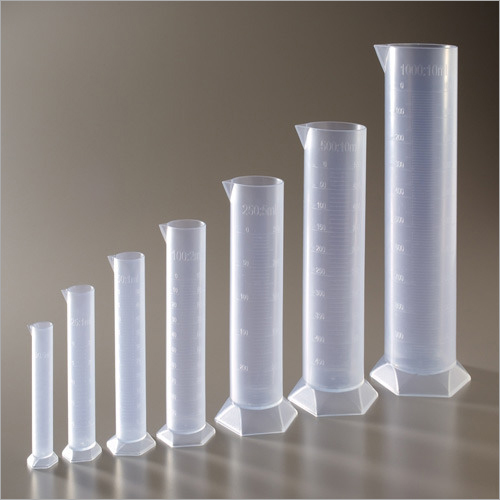
Graduated measuring cylinders are cylindrical apparatus with volume markings along their length. Their primary function is to measure specific volumes of liquids accurately. While taking readings, one must carefully observe the liquid’s meniscus to ensure precision. This chemistry lab apparatus is essential for tasks that require exact measurements.
12. Volumetric Flask
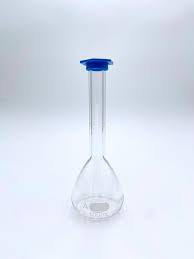
The volumetric flask is one of the most important glassware in any lab. Made of glass, it is calibrated to hold a precise volume of liquid at a specific temperature. This chemistry lab apparatus comes in various sizes; each designed for exact measurement. It is primarily used in the preparation of standard solutions.
13. Dropper
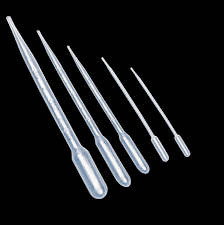
The dropper, also known as a Pasteur pipette, is made of plastic or glass. It has a narrow nozzle on one end and a rubber bulb on the other. It is used to add liquids drop by drop, making it essential when a reagent is needed in a very small quantity.
14. Pipettes
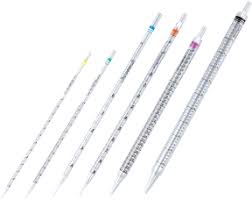
They are narrow glass cylindrical pipes available in various sizes; each designed for measuring and transferring a specific volume of liquid. This chemistry lab apparatus ensures accurate delivery of liquids into another container during experiments.
15. Burettes
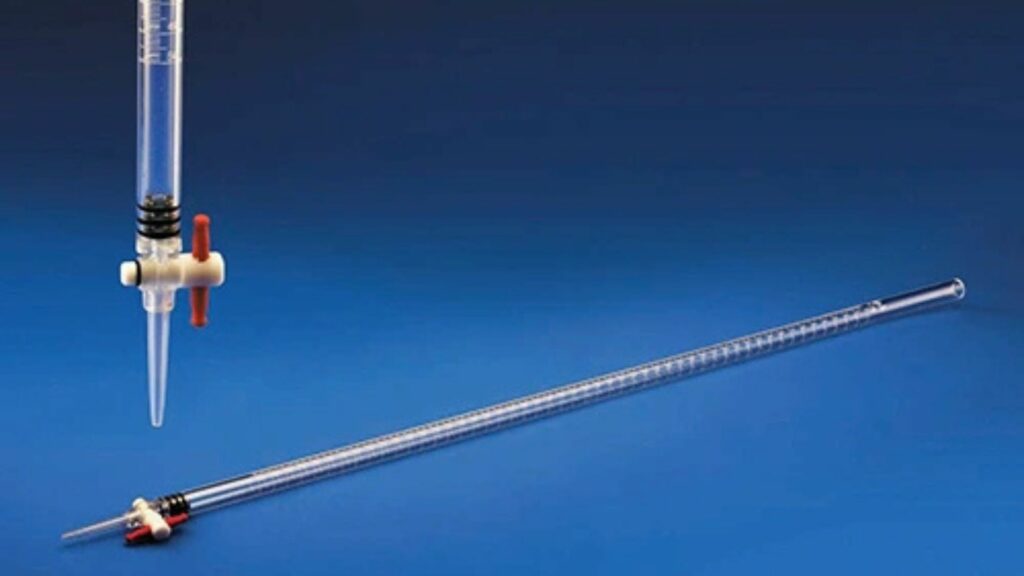
A burette is a popular chemistry lab apparatus, mainly used in titration reactions to deliver a known volume of a substance with precision. It is a long, graduated tube with a stopcock at the lower end and a narrow opening at the bottom. Burettes are typically set up using a burette clamp and a ring stand. Common sizes include 10 ml, 25 ml, and 50 ml.
16. Ring Stands, Rings, and Clamps
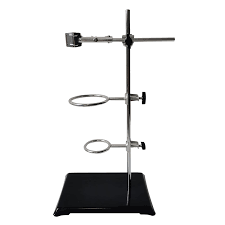
They are chemistry lab apparatus used to hold and suspend items like burettes, flasks, and crucibles. Position either above other containers or above Bunsen burners for heating. When heating flasks, use a wire mesh to ensure even distribution of heat and to prevent direct contact with the flame.
17. Tongs & Forceps
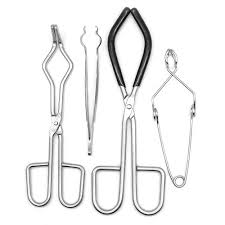
These are basic yet essential chemistry lab apparatus. You can use tongs to grasp and lift hot vessels or handle harmful substances during reactions. Although not used frequently, they are important for safety. You can use forceps to pick up small items, such as solid chemicals broken into small pieces.
18. Spatulas & Scopulas
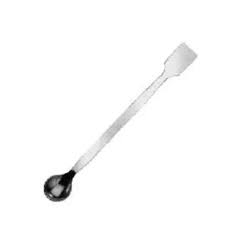
Use spatulas and scopulas to transfer solid chemicals. They resemble kitchen spatulas but are much smaller. Made from materials resistant to heat and acids, they are suitable for handling a wide range of substances during laboratory experiments.
19. Thermometer
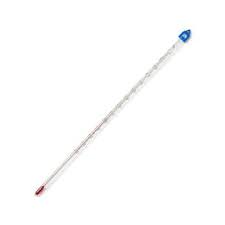
A thermometer is a basic and essential chemistry lab apparatus found in every laboratory. Many chemical or biological reactions require a specific temperature range to occur. Therefore, you can use a thermometer to measure the temperature of a solution before proceeding with the next steps in the experiment.
20. Bunsen Burner
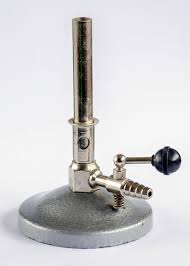
The Bunsen burner is a chemistry lab apparatus that produces a single open flame. Used it for heating, sterilization, and combustion during various laboratory experiments.
21. Litmus and Filter Paper
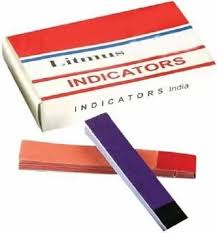
Filter and litmus are not classified as apparatus, but they are essential items in any laboratory. You can use litmus paper to identify the pH of a solution by changing color. You can use filter paper to separate solids from liquids.
Must Have Chemistry Lab Apparatus
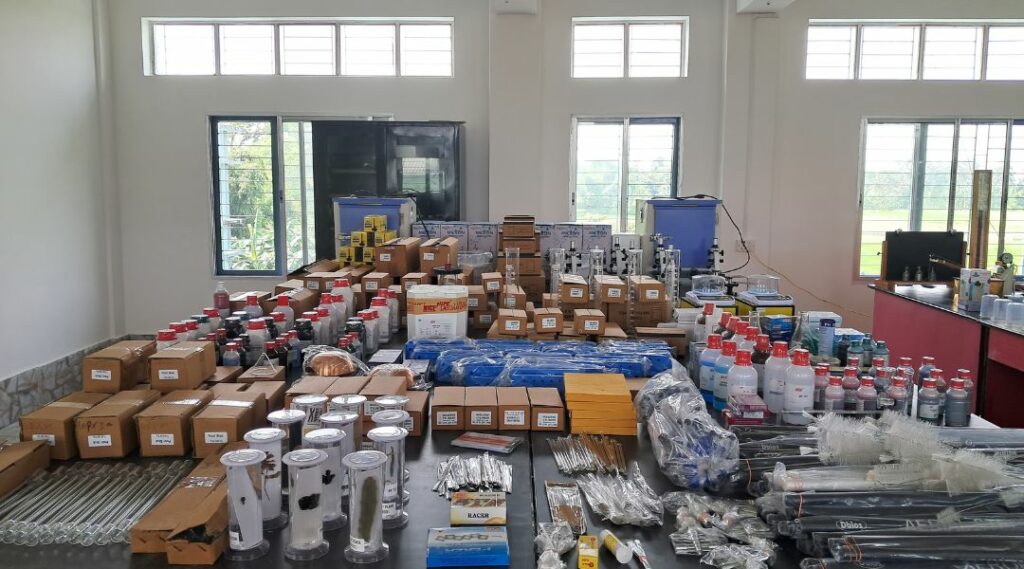
These items are the basic and essential chemistry lab apparatus found in every laboratory. In addition to them, students will also find weighing balances for measuring mass, test tube brushes for cleaning glassware, and wash bottles used for rinsing and cleaning purposes. Since this apparatus serve fundamental functions, every student must become familiar with their use to ensure safe and effective practical experiments in the chemistry lab.
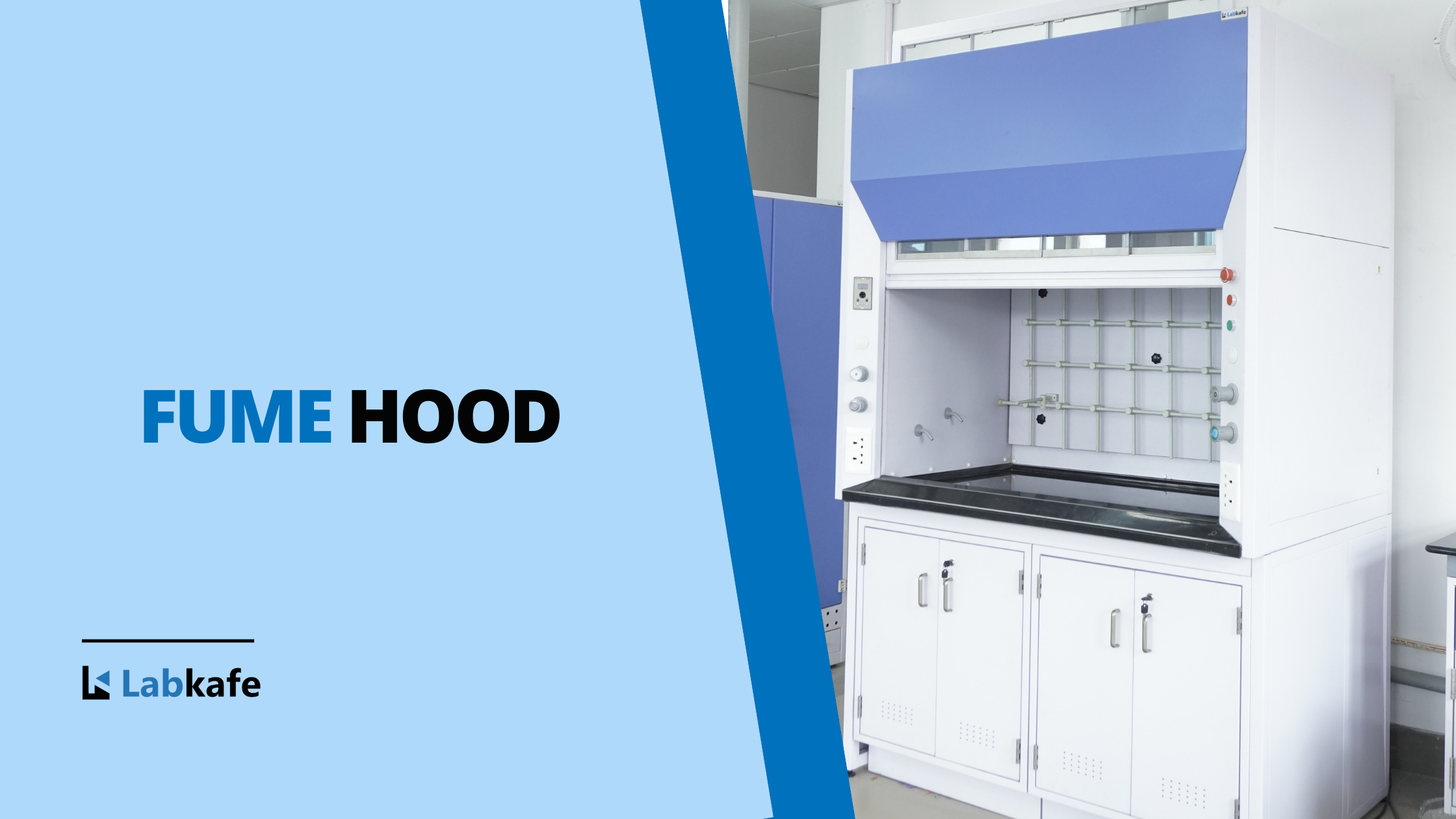
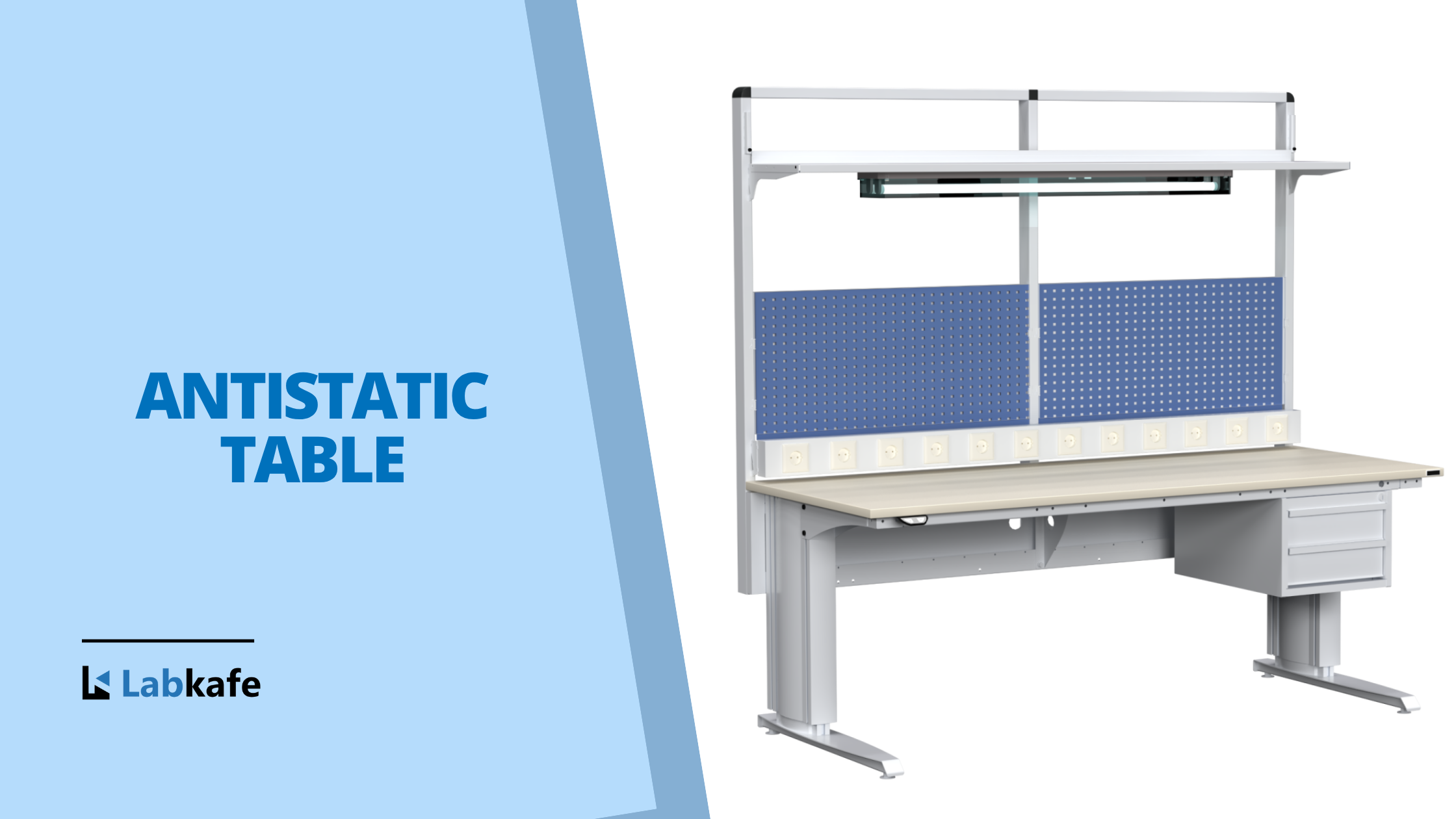
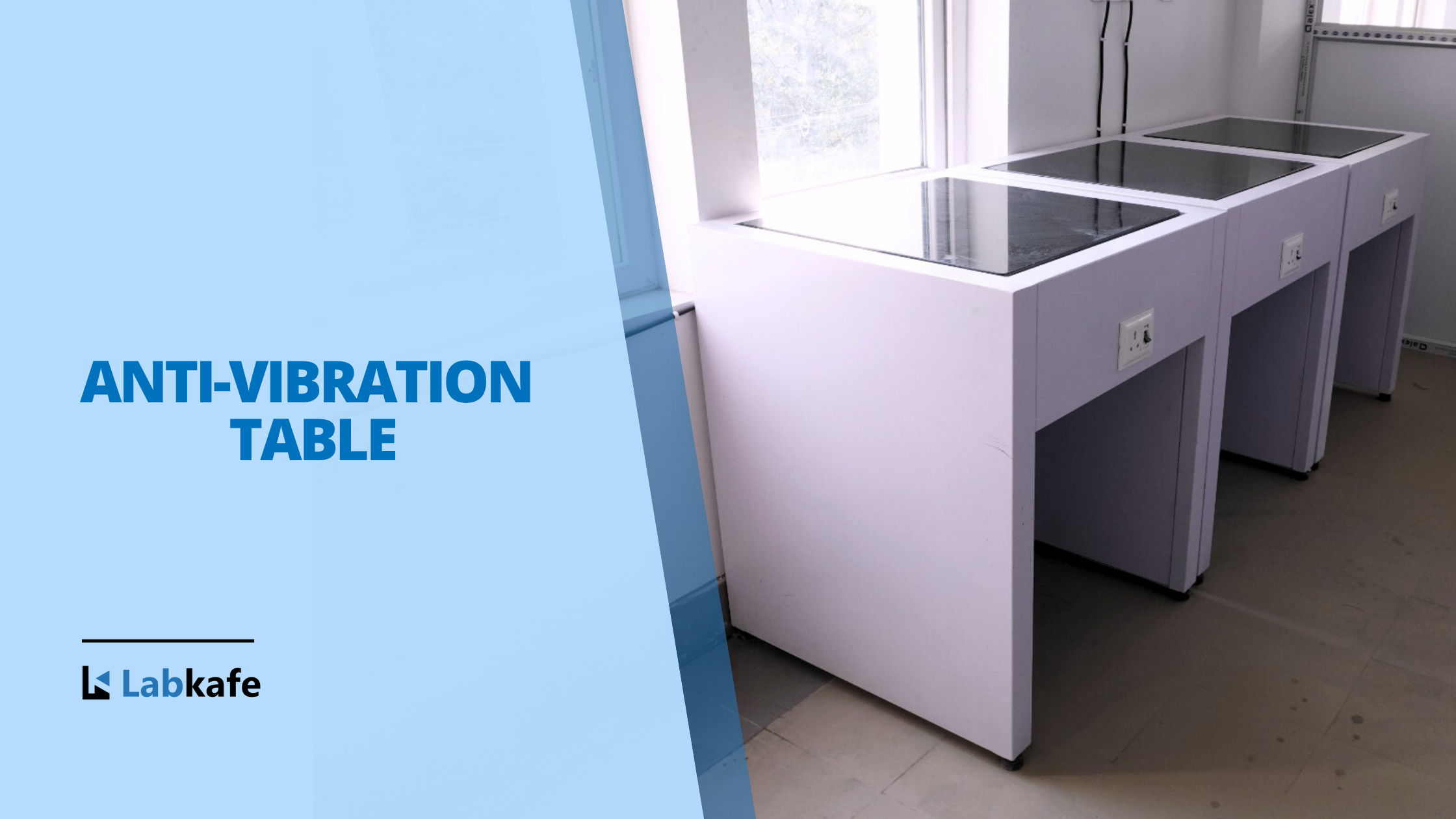

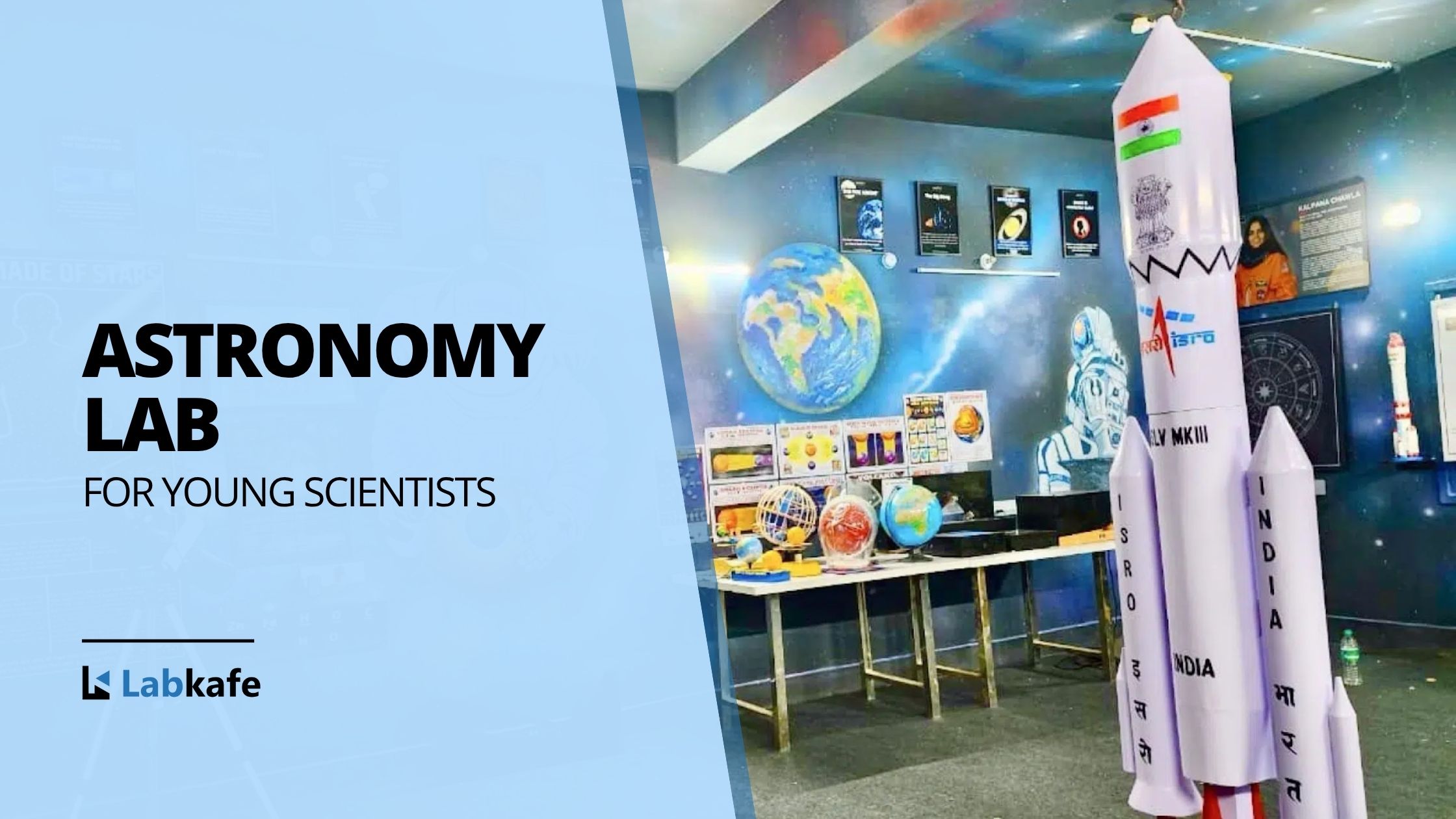
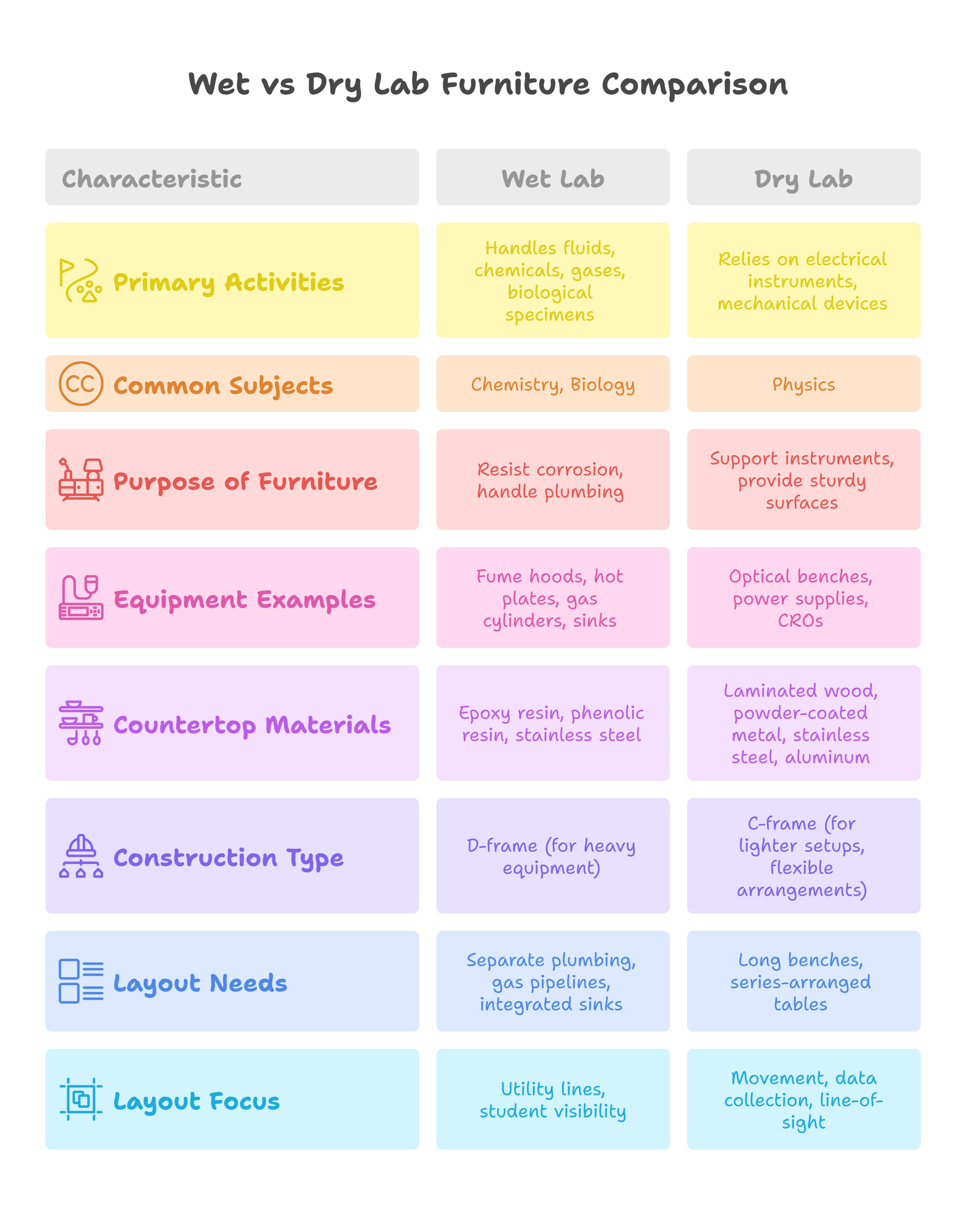
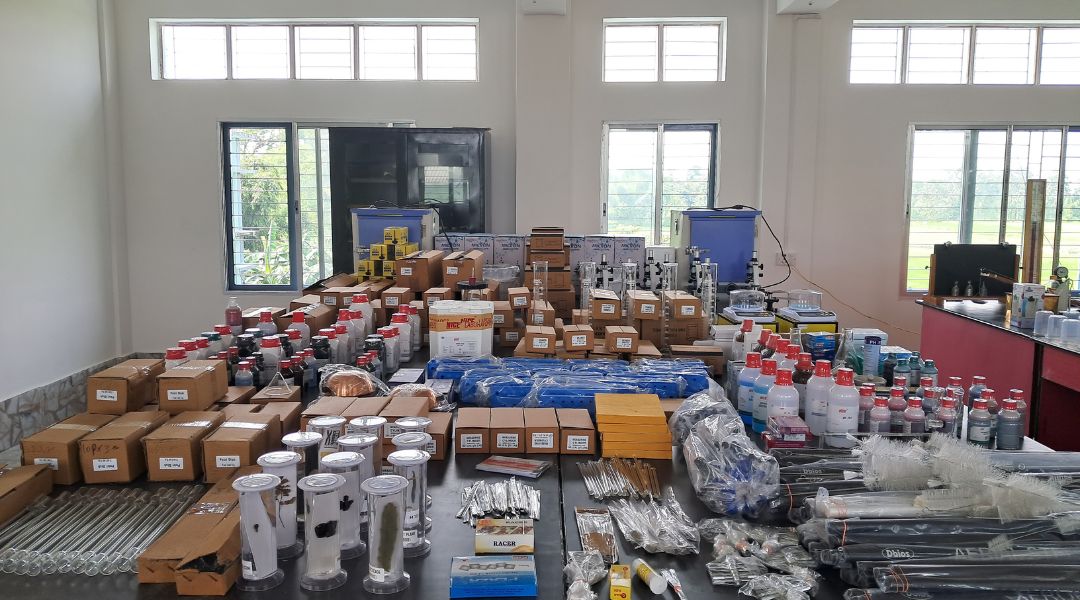

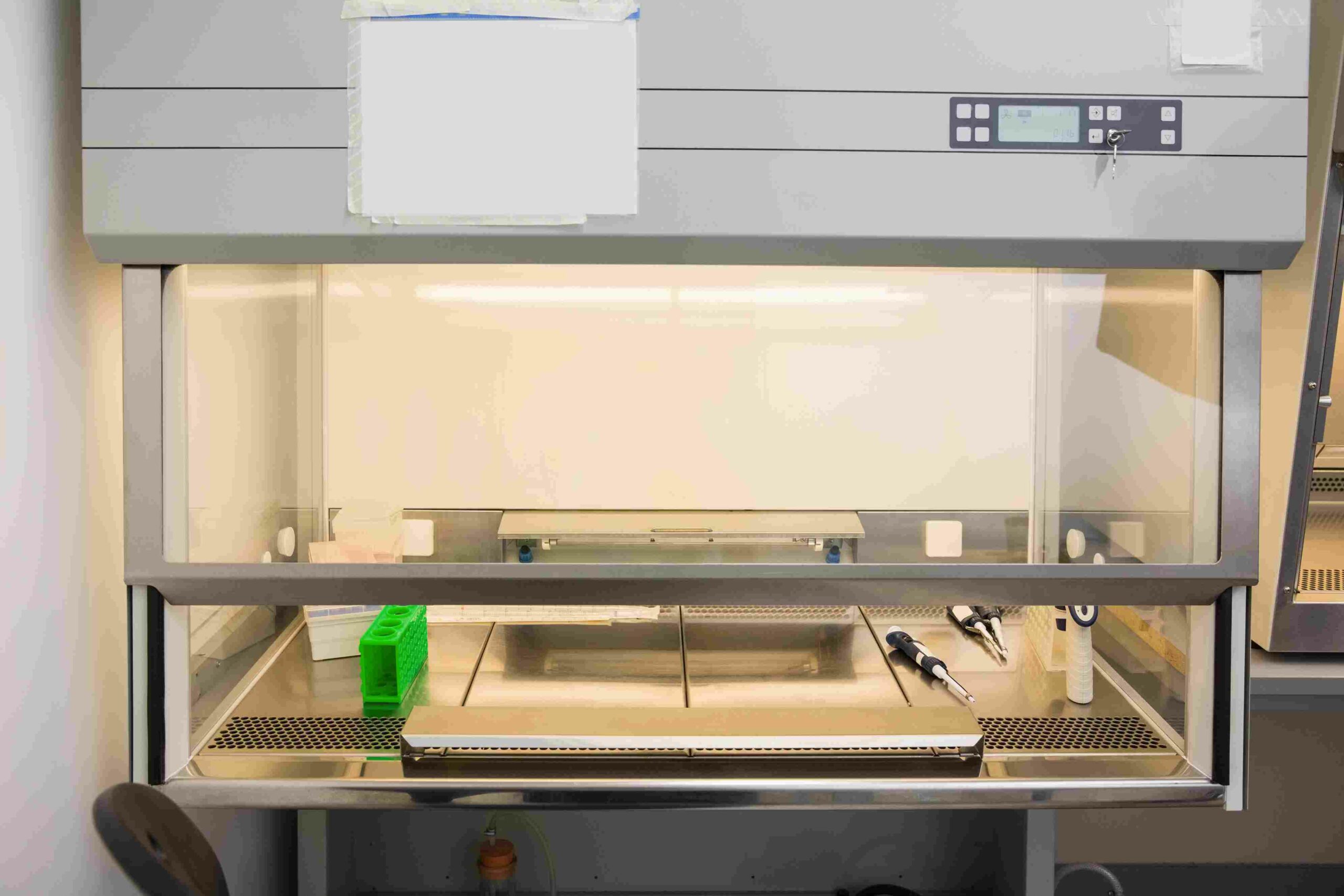
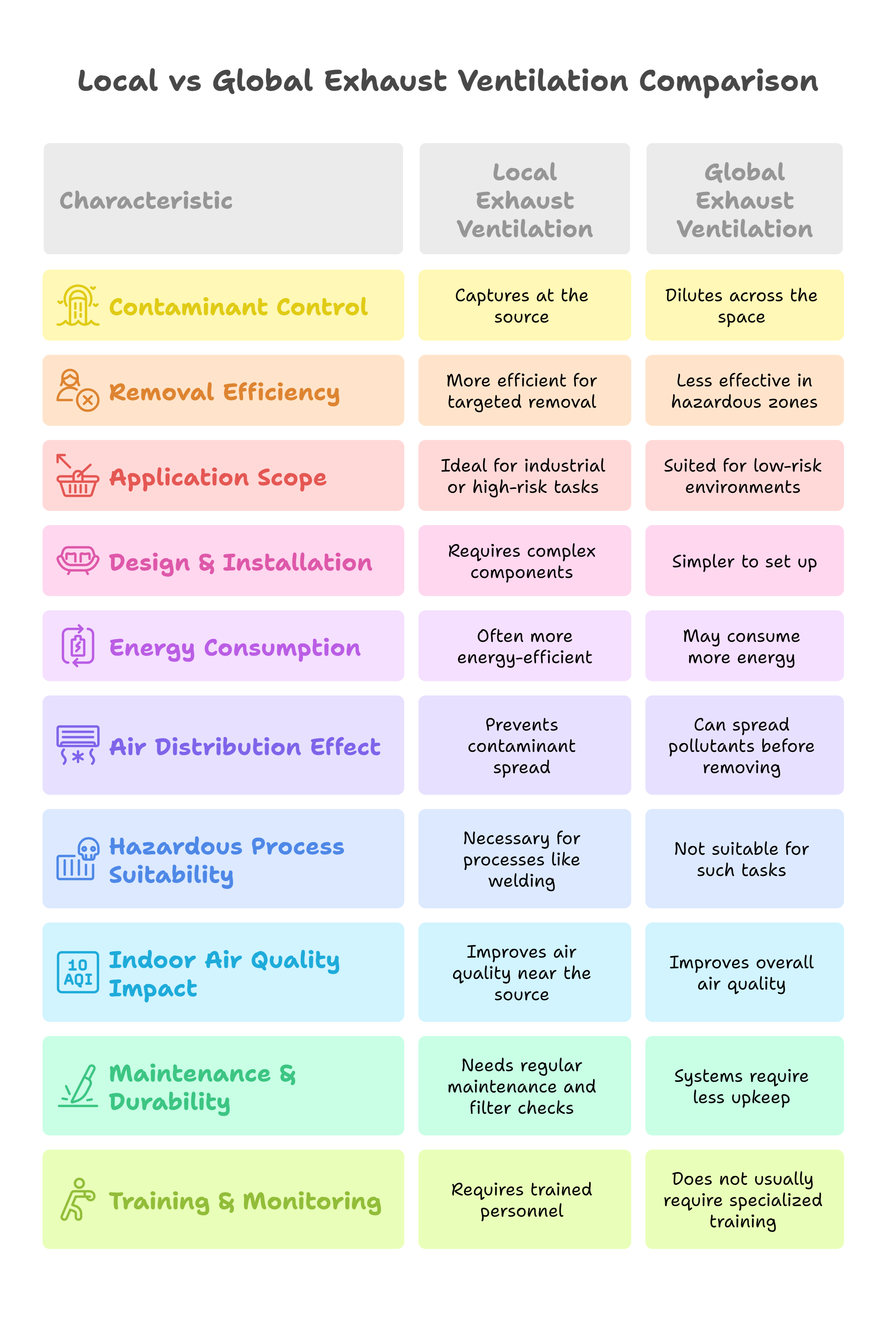
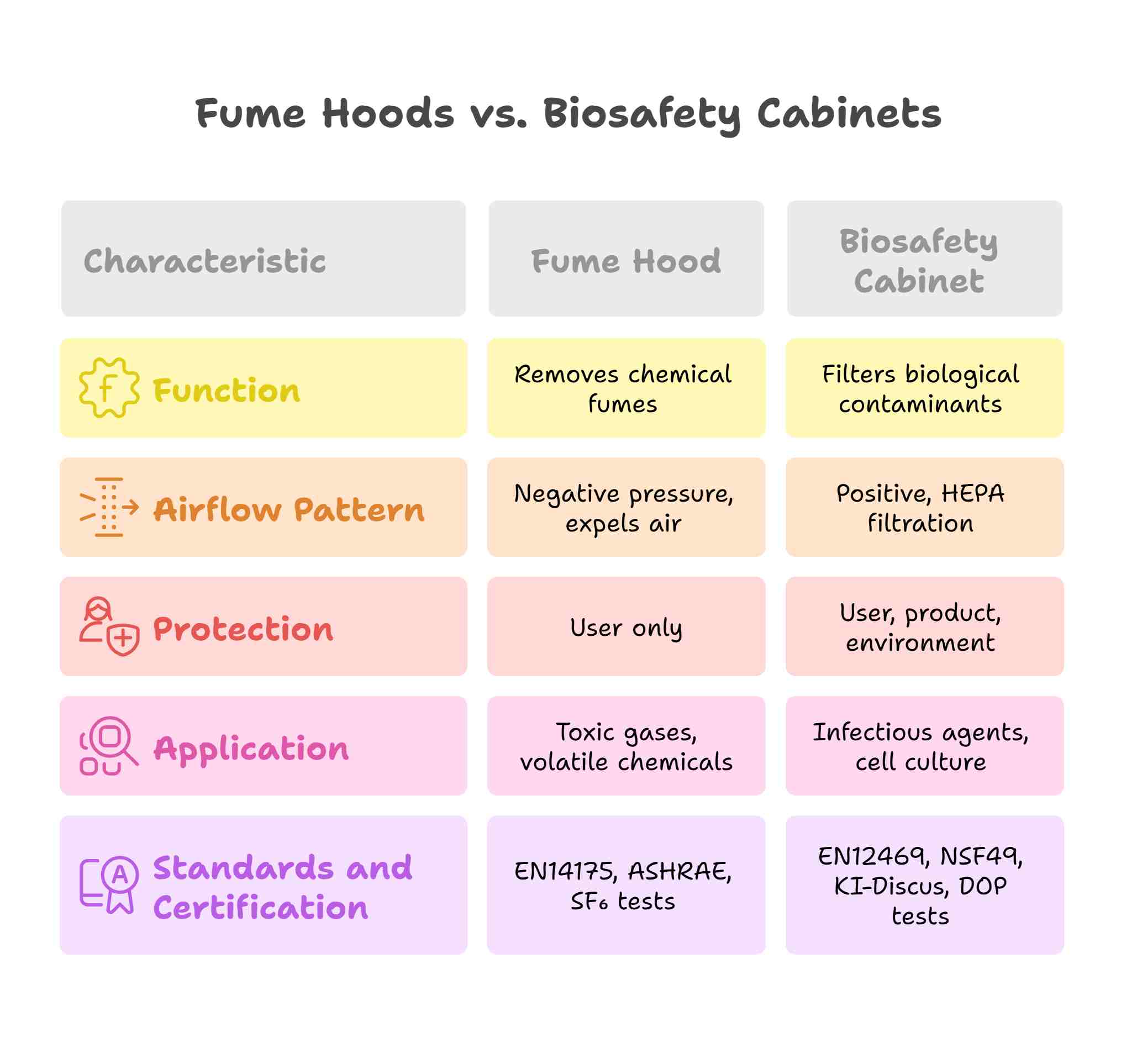

Leave a Reply